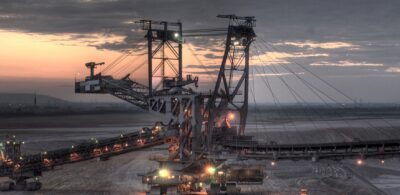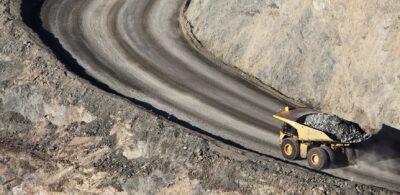AEMC 2020 biennial review into east coast markets: improving liquidity in gas supply and transportation
05 May 2020
The Australian Energy Market Commission (AEMC) has been directed to conduct biennial reviews of the gas supply and transportation markets on the east coast of Australia, as part of the COAG Energy Council’s implementation of measures to assess and improve the liquidity of these markets.
The first review was conducted in 2018 and on 16 April, the AEMC published a draft report of its 2020 review. This draft report contains qualitative and quantitative assessments of liquidity in the subject markets as well as feedback from industry participants.
The report reviews liquidity in:
1. The three separate gas trading spot markets:
- the gas supply hubs (GSH) at Wallumbilla and Moomba;
- short term trading markets (STTMs) at Sydney, Brisbane and Adelaide; and
- the Victorian Declared Wholesale Gas Market (DWGM).
2. The day ahead auction (DAA) and customer trading platform (CTP) mechanisms (introduced in 2019) with respect to trading in pipeline transportation capacity.
A full copy of the draft report (2020 Biennial review into liquidity into wholesale and gas pipeline trading markets) via the AEMC website is available.
Significant findings and recommendations
A summary of some of the findings in the draft report follows.
Liquidity in markets
Liquidity is growing in a number of wholesale gas and pipeline capacity trading markets but some markets are not showing signs of growth. The Wallumbilla GSH has shown significant liquidity growth but as yet, there has been no substantial trading on the Moomba GSH. At the same time, DWGM and the STTMs are experiencing higher levels of liquidity although growth has been less significant than for the Wallumbilla GSH.
Pipeline capacity trading
The pipeline capacity DAA, introduced in 2019, has had a substantial effect on secondary trading of pipeline capacity and has contributed to liquidity growth in east coast wholesale gas markets. However, the associated CTP reform has not had any substantial use to date with only one trade which took place in February 2020.
Stakeholders have indicated a number of barriers to use of the CTP including:
- fixed fees for use;
- use of the DAA is a cheaper alternative; and
- bilateral contracting options and location swaps.
Despite this, most stakeholders remain positive about the CTP with some considering it too early to evaluate its effectiveness.
The Commission also notes that the DAA and CTP are designed to work in tandem so that a greater use of the DAA may see less use of the CTP and vice versa.
Stakeholders were also concerned that the DAA could cause a reduction in pipeline contracting levels, as it relates to contracted but un-nominated capacity, and capacity secured in a DAA is not a direct substitute for firm capacity.
Stakeholder concerns
The draft report identifies certain stakeholder concerns and suggestions for improvement which will be considered in the final report, including:
- the largest single barrier to liquidity is obtaining pipeline capacity;
- pipeline tariffs for short term transportation are too high;
- limited number of delivery points available;
- prudential requirements not aligned between the trading markets;
- cost and complexity of registration to participate in gas supply hubs are restrictive; and
- use of gas derivatives restricted by requirement to have financial services licence to trade in them.
Conclusion
The Commission notes that a number of regulatory changes are still too recent to assess their effectiveness and some proposed changes are yet to be implemented, such as those relating to improving market transparency. Accordingly, the Commission considers it is too early to consider further major reforms. This is particularly so in light of the yet unassessed effects of the COVID-19 pandemic, which will be examined in the next review in 2022.
If you would like to make a submission on the draft report, the AEMC is accepting submissions made through its website until 14 May 2020.
Authors

Partner
Tags
This publication is introductory in nature. Its content is current at the date of publication. It does not constitute legal advice and should not be relied upon as such. You should always obtain legal advice based on your specific circumstances before taking any action relating to matters covered by this publication. Some information may have been obtained from external sources, and we cannot guarantee the accuracy or currency of any such information.


